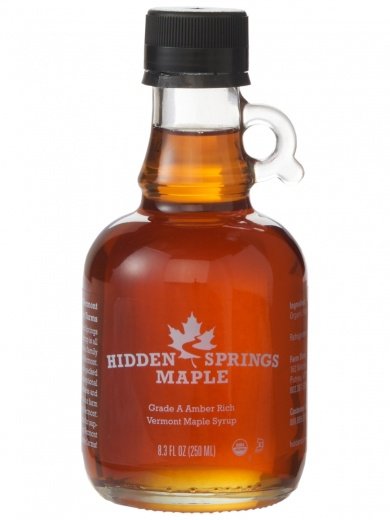In the last few years, maple syrup has become a popular choice for people who are looking for sweet, sugary treats. As a result, more and more Vermonters are discovering the history and culture of the state’s maple syrup industry.
Native American legends about maple syrup
If you’re interested in learning more about Vermont’s maple syrup industry, you’re in luck. This artisanal beverage dates back to the earliest settlers in North America. Native Americans practiced the process of maple sugaring long before Europeans arrived on the scene.
There are numerous legends about the discovery of maple sugar. One is the Iriquois Legend, which tells how the Iriquois’ earliest settlers learned how to harvest the sweet stuff. Another is the Cree legend of the Maple Tree.
Both of these legends describe how a maple tree was first discovered by a man, who noticed a squirt of sap dripping from a broken branch. He tapped the twig and discovered that sap could be collected.
The next step involved a V-shape slash into the tree trunk. When the sap began to run, a vessel shaped like a hollow log was placed under the tap to collect the sap.
Europeans observed when to tap maple trees
Maple syrup production has been practiced by Indigenous communities in North America since before Europeans settled on the Eastern Seaboard. There are 10 maple species that produce syrup, each with its own unique qualities. Depending on the climate, the flavor will vary.
The earliest Native American methods involved collecting tree water and boiling it down. Those processes were modified by the early European settlers. They drilled half-inch holes into the trees and added spiles to allow the sap to run.
When the temperatures began to rise, the sap would start to flow. After 20 to 24 hours, the sap was ready to be boiled in a kettle. It was then poured into a wooden mold or bucket. This process eventually replaced the spigots and clay pots used by early Indians.
The sap run produces 10 gallons of maple syrup per tap
Maple sap is a sweet-flavored water that is produced by maple trees. Maple syrup is made by boiling down the sap and filtering it to remove sugar sand. The process has been passed down from generation to generation.
The maple tree’s roots store starches that turn into sugar. This process is accelerated by freezing and thawing temperatures. When these occur, pressure builds in the trunk and sap rises to the surface.
Sugar makers tap their trees in order to extract sap. Maple trees can produce about six to ten gallons of sap per tree during the maple syrup season.
Sap is collected by directing it through tubing, which sends it to a large collection tank at the sugar house. Modern sugar makers have traded in spiles and pails for modern taps.
The St. Johnsbury Ball jar
Johnsbury Ball jars are very desirable by Ball jar collectors. These unique 22 ounce jars have a unique embossed design, which makes them highly sought after. The jars were produced between the middle of 1910 and the end of 1914.
There are two main variations of the jars. One reads BY THE TOWLE, while the other has a variation which reads ST JOHNSBURY VT. However, there are nine other variations of the jar.
Some jars have original paper labels that are still intact. Among these jars are the Great Mountain Brand Syrup and Log Cabin Syrup jars.
Other jars have only the embossed text on the upper face of the jar. On these jars, the text is written on the opposite side, where the paper label would have originally been pasted.
Michigan maple syrup festivals
Maple syrup festivals are a great way to enjoy the sweet stuff. There are several in Michigan that provide plenty of opportunities to sample maple treats, including pancakes, chocolate, and coffee.
The most popular is the pancake breakfast. At the American Legion in Hanover, you can eat pancakes drenched in real maple syrup. This is not a gimmick – it’s a delicious, real treat.
In addition to pancakes, maple syrup festivals often feature hay wagon rides to sugar bushes, interactive demonstrations, and maple-themed events. You can even purchase maple-infused cotton candy, maple syrup products, and sap-turned candies.
Maple sugaring is a Michigan tradition. Sugaring can occur in the late winter and early spring. These warmer days are important to the process. During the colder months, sap won’t flow through the trees.

